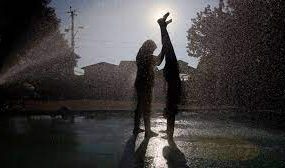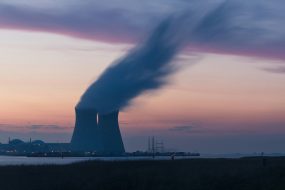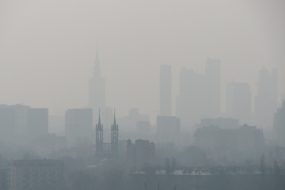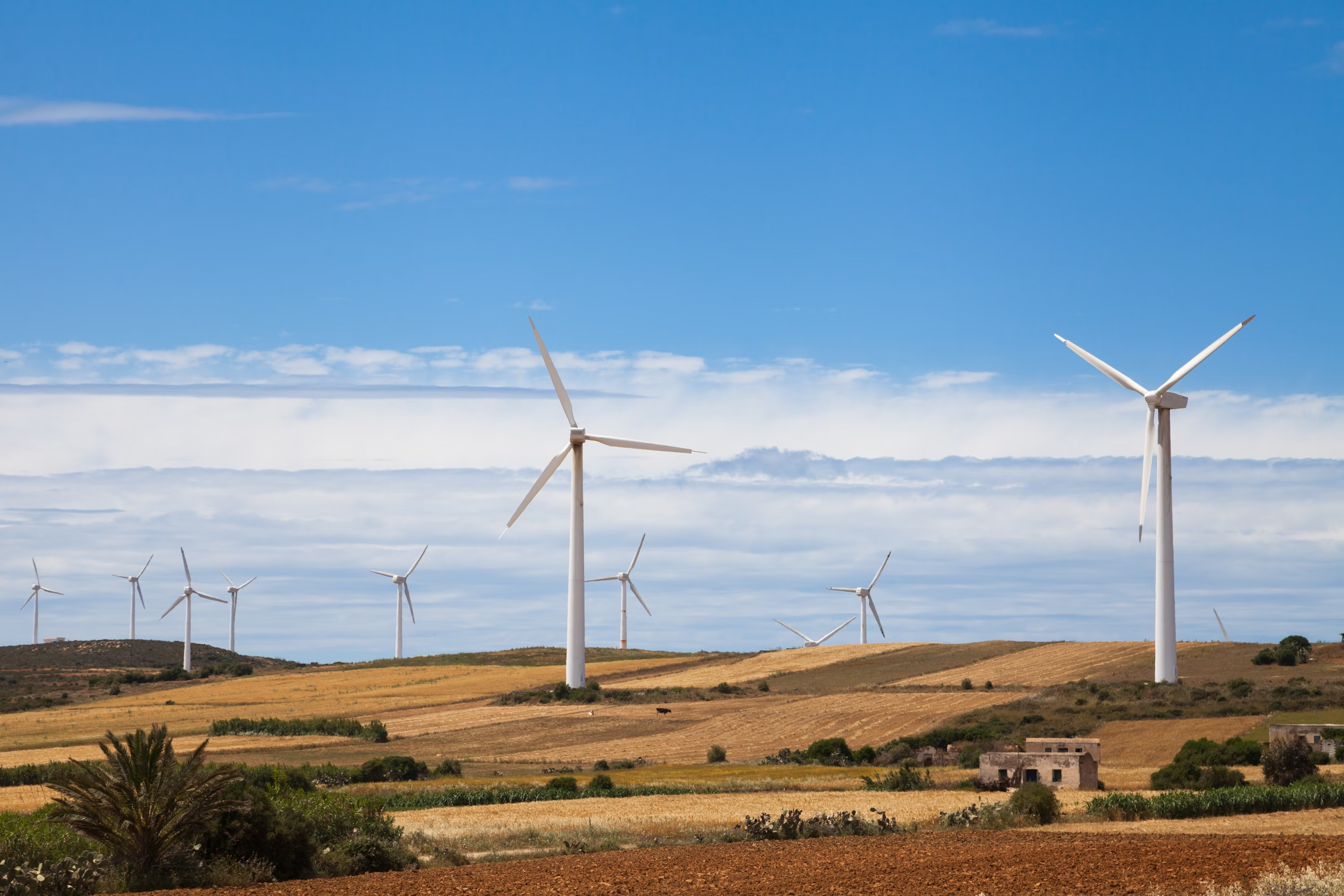
Wind farms are often clean and renewable energy sources, but their impact on wildlife, particularly birds and bats, raises important questions about their overall harmlessness. While wind energy has many benefits, including reducing greenhouse gas emissions and providing affordable electricity, it may negatively affect local wildlife.
Impact on Wildlife

Bird and Bat Mortality
Studies have documented that wind energy facilities can lead to the deaths of birds and bats. Mortality rates vary among different facilities and regions, indicating that some locations may pose greater risks to wildlife than others.

Marine Life Concerns
Offshore wind farms can also impact marine mammals and other marine life. The construction and operation of these facilities can disrupt habitats and migration patterns.
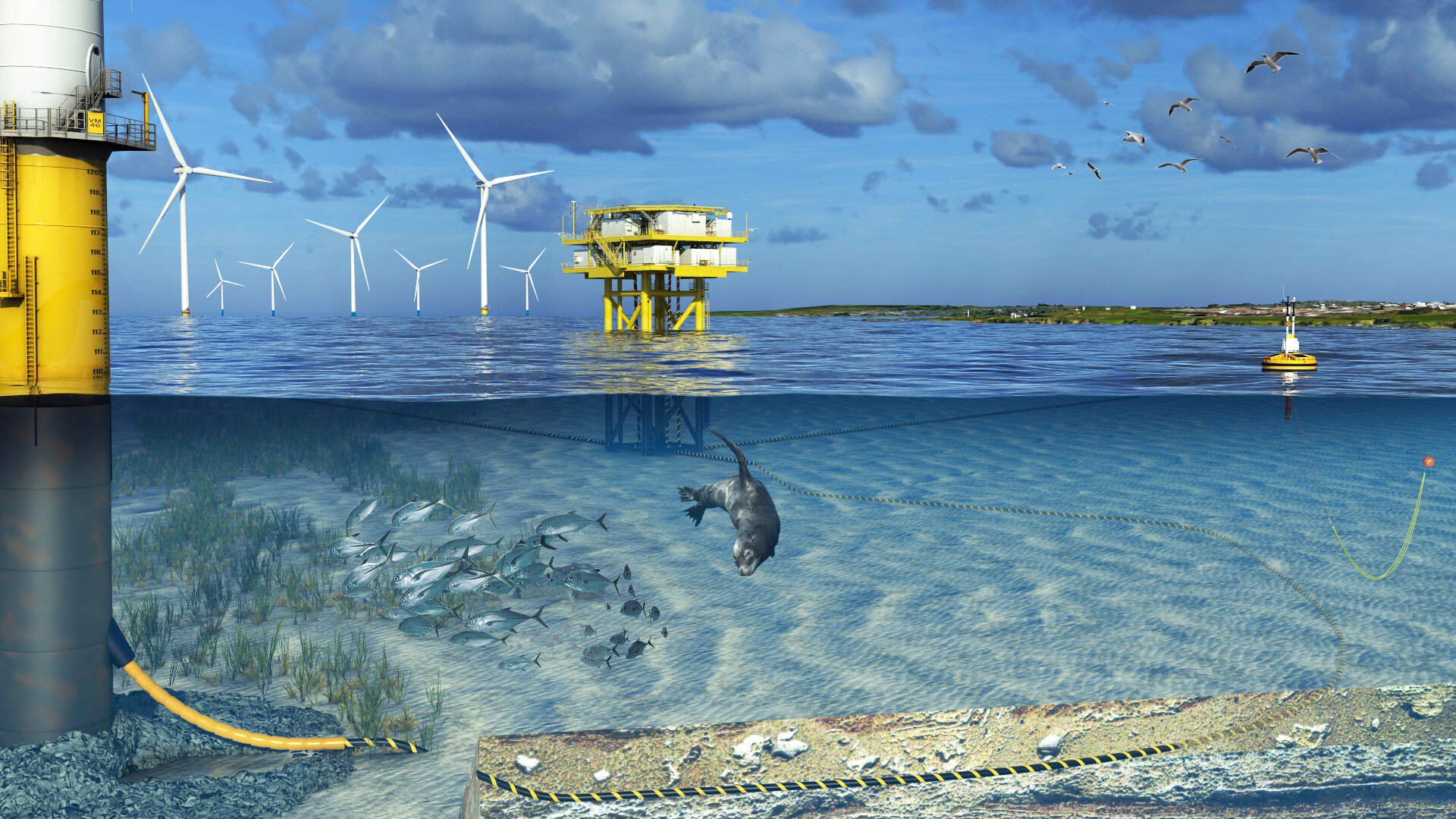
Mitigation Efforts
To minimize these impacts, developers conduct thorough wildlife assessments before construction. This includes monitoring animal presence and behaviour to avoid sensitive species during critical periods, such as breeding seasons.
Responsible Development
Wind energy project developers are increasingly focused on understanding and mitigating the potential effects on wildlife. Developers must screen potential sites for wildlife impacts before construction begins, using various monitoring technologies to assess animal presence.
Once operational, wind farm operators can implement strategies such as curtailment (slowing or stopping turbine blades) when animals are present, and using deterrent technologies to keep wildlife away from turbines. After a wind energy facility begins operations, ongoing monitoring is essential to assess actual impacts on wildlife. This data can inform whether additional conservation measures are needed.

Organizations such as the U.S. Department of Energy and various research institutions are working together to develop and implement solutions to mitigate the environmental impacts of wind energy. This includes sharing best practices and technologies through initiatives like the Wind Energy Monitoring and Minimization Technologies Tool.
Conclusion
While wind farms contribute to reducing reliance on fossil fuels and combating climate change, they are not entirely harmless to wildlife. The impact on birds, bats, and marine life is a concern that requires careful consideration and ongoing mitigation efforts. Responsible development practices can help minimize these effects, but the potential risks to wildlife remain important in wind energy conservation.











